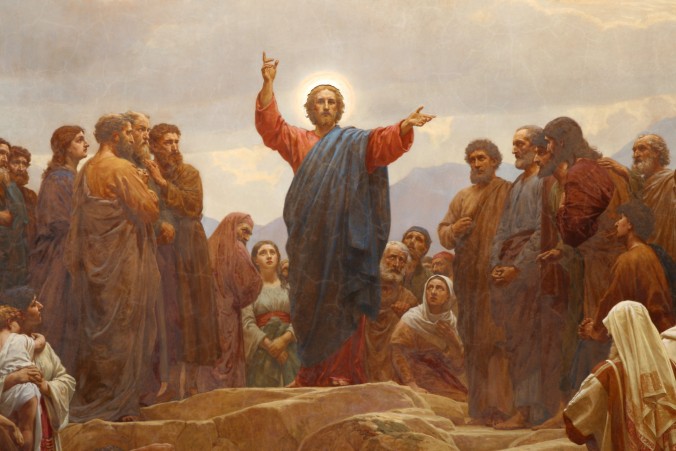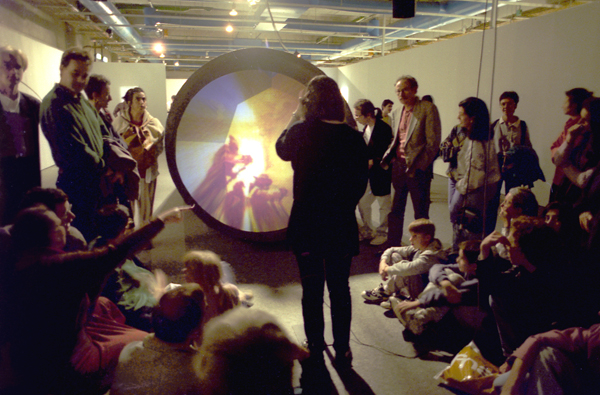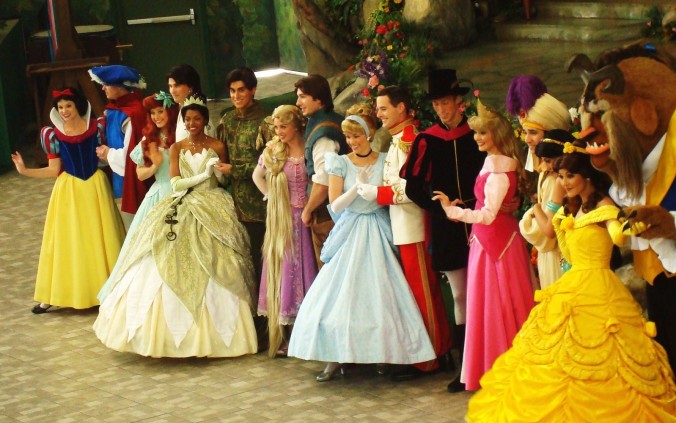It’s the final countdown and it’s also my final reflection.
My first ever blog post, entitled ‘Take Me Home’ reads: “Media is the home for our practise and theory, a place of experimentation, individual customisation and inherent filtration and workshopping of all that is presented to us.” However on reflection, at this latter stage in the course, I’ve learnt that this home does ‘exist’ but only for those that seek it. Throughout this semester I’ve been challenged to appreciate and grab at the opportunities presented to me throughout this course. Seeing this original statement reinvigorates that drive, to be all that one can, and to learn and engage from everything that is presented to me and I hope to take that drive into second semester.
‘Don’t Follow Your Passion’ for me is a record of my lightbulb moment achieved after reading Cal Newport’s statement: “If you wan’t to love what you do, do what Steve Jobs did and not what he said”. That statement as well as Cal’s various articles killed the little anxiety bug in my head that constantly attacked my creative process often asking questions like: “why are you doing that”, “your not that good at this”, “but would you really be happy being an video artist?”. I realised that it was that anxiety, rather than my ‘inner self’ that was killing any chance I had at finding or enjoying something I love to do, which revolutionised my thinking.
I still stand by this statement: “Scott McCloud’s ‘Blood in the Gutter’ is a great comic and probably one of the best descriptors of editing that i’ve ever read.” The concepts I learnt here: closure, gaps and transitions have since completely changed the way I think about media. Being quite a visual learner, Blood in the Gutter was a major impact on my understanding of how we as media viewers interpret and subtly change the narratives we view, purely based on our individual creativity and preferences. As well as how the manipulation of each concept can completely change one’s own interpretation and engagement with events.
This post for me represented that first hurdle I had to face, that question of revealing yourself to the world through your creative endeavours. It was a challenge to sit down and show other people what i’d done, to reveal myself and to explain myself to others but it was ultimately rewarding. It also permanently switched me from ‘half creatively engaged with the world’ to full blown ‘see’s every view as a potential film shot, motif or angle’. I remember that moment when I sat on the tram, looking at the world, wondering what aspects of it I could frame, use, or take inspiration from for my project, and I love that I’ve permanently maintained that ability.
The whole idea of Media Studies 2.0 in general as presented by Brian Morris, as well as by David Gauntlett and William Merrin was a mind-blowing lightbulb moment for me. Having only learnt about media in regards of the old broadcast model I’d never thought about the aspects of current media that were actually more influential to me than any ‘archetypal’ text. Since reading Gauntlett’s blog i’ve thoroughly adapted my understanding of media, i’ve also felt a greater sense of creative importance regarding the media I make. And I also pay more attention to what is often truly influencing me, such as my peers, artwork on tumblr and instagram constructed narratives & visuals.
Premiere Pro was one of the first tech related challenges I had to face, when I first viewed the program it seemed impossible to understand and use, and I even struggled with sequencing. However I can now navigate the program quite easily and understand the basics of editing, I do have a long way to go, but I now see that as being obtainable considering my progress so far.
Everyday me was a struggle. Coming up with a creative idea, planning it, attempting to execute it, editing it, re-editing it, that was my first taste of the video making process and it really taught me a lot. It’s also one of the first creative things I am proud of, I showed this video at Melbourne Filmonik, which was cool getting to hear audience feedback, everyone actually really loved it, which was a surprise to me..haha.
Having guidance from tutors, for me has been invaluable. I’ve learnt a lot from mine, and I also feel that your tutors enable you to make your creative ideas into a reality. You tell them your jumbled thoughts and they decode it into something legible, something structured. Slowly I am learning to do this for myself, to follow their guidance, to sit down, to plan it out, to think about what’s most important, maybe I will master it one day.
I have still have 75gigs of hard drive space taken up with this project. This project was amazing and so extremely difficult. I spent along time thinking about my idea, planning what shots I needed, planning my interview questions, writing up a minute by minute script, searching for hours through archival footage and then putting the whole project together. It taught me so much about each one of those processes and by doing it all myself I learnt invaluable skills, that I hope to utilise throughout the rest of the course.
Catch you later,
Louise Alice Wilson











Recent Comments